Aphrodisias
City of Sculptors and the Goddess of Love
Aphrodisias was a major center for the worship of Aphrodite and renowned for its sculpture workshops. The city’s well-preserved stadium, theater, and the grand Temple of Aphrodite reflect its rich cultural and religious significance.
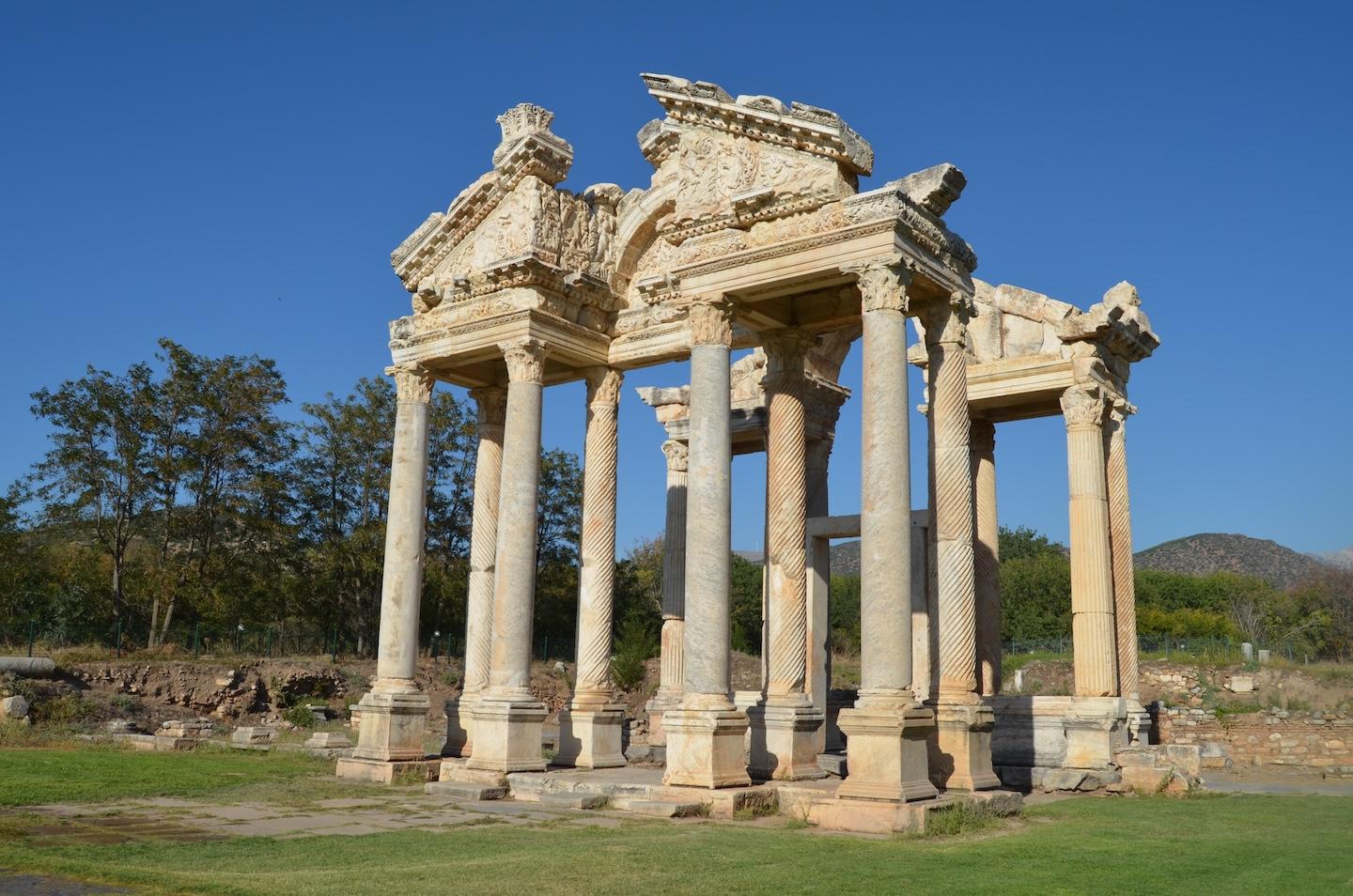
1.History
Aphrodisias, located in the historical region of Caria in western Anatolia, Turkey, was a small yet influential Roman Hellenistic city renowned for its strong connection to the cult of Aphrodite, the goddess of love and beauty. Situated about 100 km inland from the Aegean Sea, near the modern village of Geyre, the city developed close ties with Rome during the Roman period, gaining privileged tax-free status from the Roman Senate. The city was particularly noted for its rich artistic and sculptural tradition, and its local marble was used extensively to create many of the elaborately decorated structures that can still be seen today.
Aphrodisias had one of the most significant sculpture schools in the Roman world, alongside a notable tradition in philosophy. The city’s cosmopolitan social fabric, composed of Greek, Roman, Carian, pagan, Jewish, and Christian elements, is revealed in over 2,000 inscriptions found on-site. The Cult of Aphrodite remained the city’s central religious force, and her sanctuary was known for its distinctive statue that blended elements of both Anatolian fertility goddesses and the Hellenic Aphrodite. The Temple of Aphrodite was converted into a church only by AD 500, long after the official acceptance of Christianity.
Among the city’s key monuments are the Bouleuterion (Council House), which had a capacity of 1,750 seats, and the stadium, one of the best-preserved in the Mediterranean, with seating for 30,000 spectators. The stadium, which measured approximately 270 meters by 60 meters, was used for athletic competitions and later for events following damage to the theater by a 7th-century earthquake.
Late discovered marble schools center
Excavations at Aphrodisias began in the early 20th century and have continued under the auspices of New York University since 1962. The city’s rich artistic heritage, particularly in marble sculpture, and its religious and political importance, make it a key archaeological site for understanding the Roman and Hellenistic periods in Anatolia.
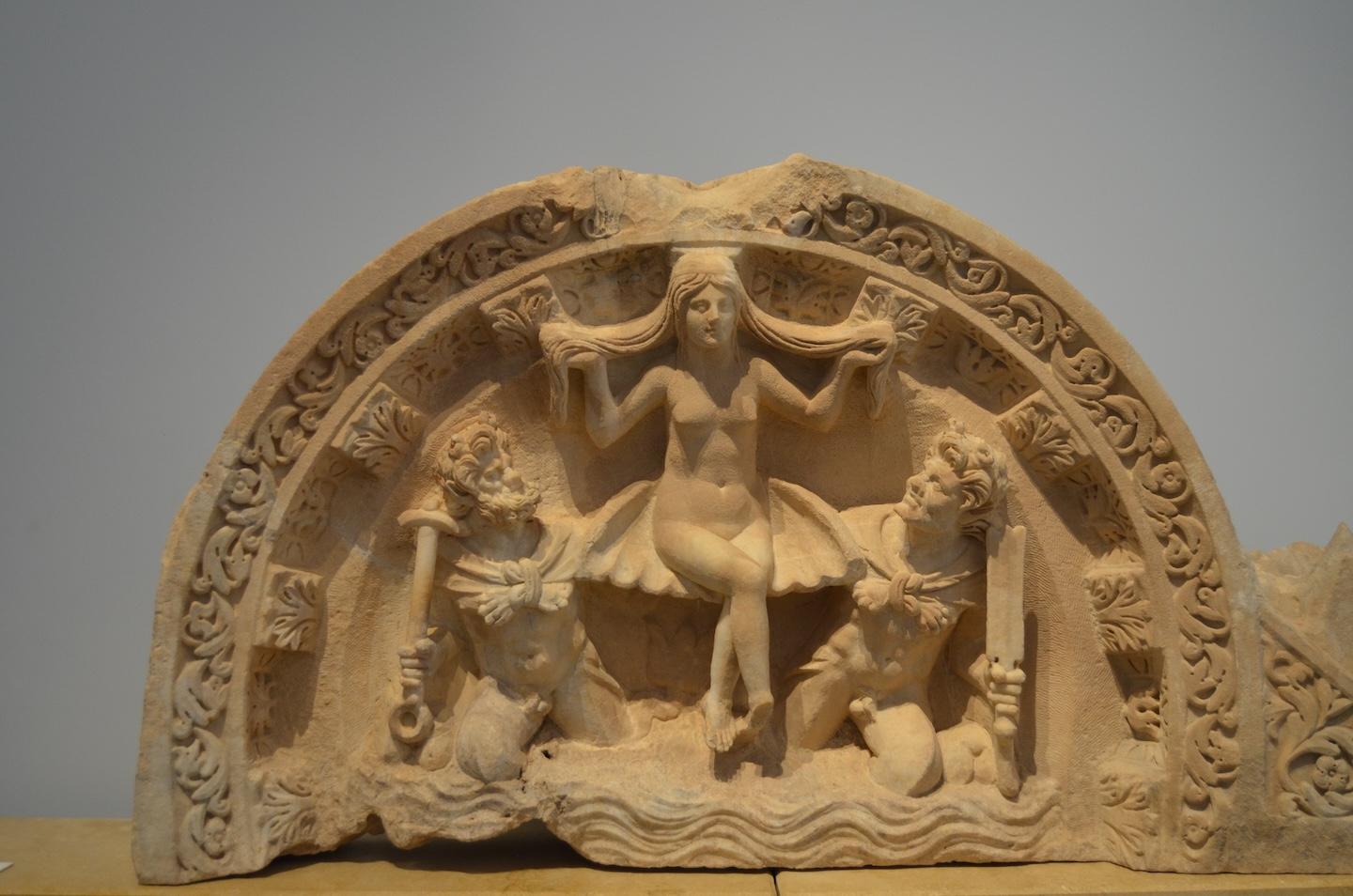
The site of Aphrodisias offers a glimpse into the blend of Roman and local Anatolian culture, emphasizing the city’s significance as both an artistic and religious center.
2.How to get there
Aphrodisias is located near the modern village of Geyre, about 100 kilometers inland from the Aegean coast. To get there, you can take a bus from Denizli or Aydın to Karacasu, the nearest town, and then a taxi to Aphrodisias. The site is well signposted, and the journey by private vehicle takes about 1.5 hours from either city.
3.GALLERY
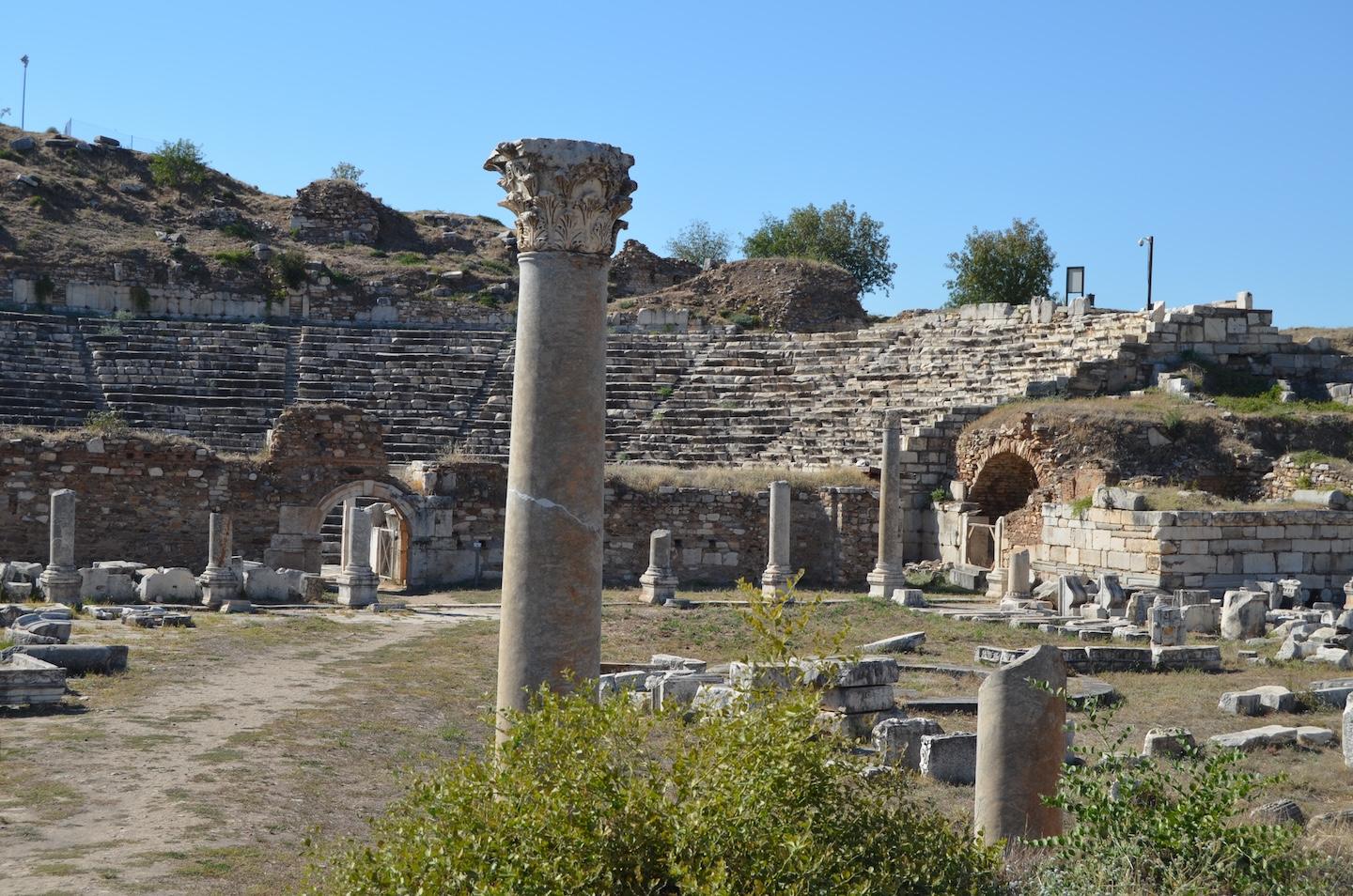


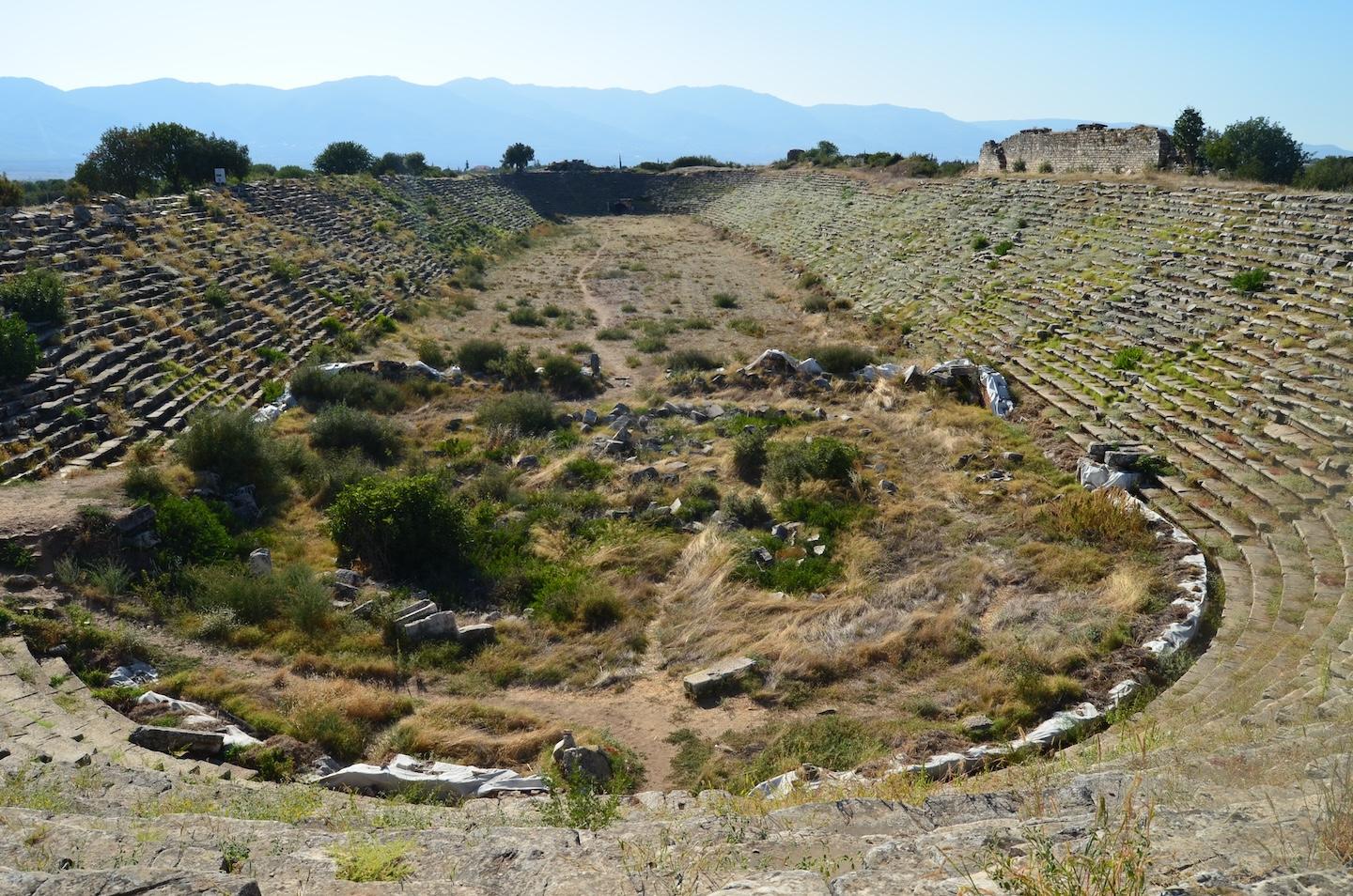
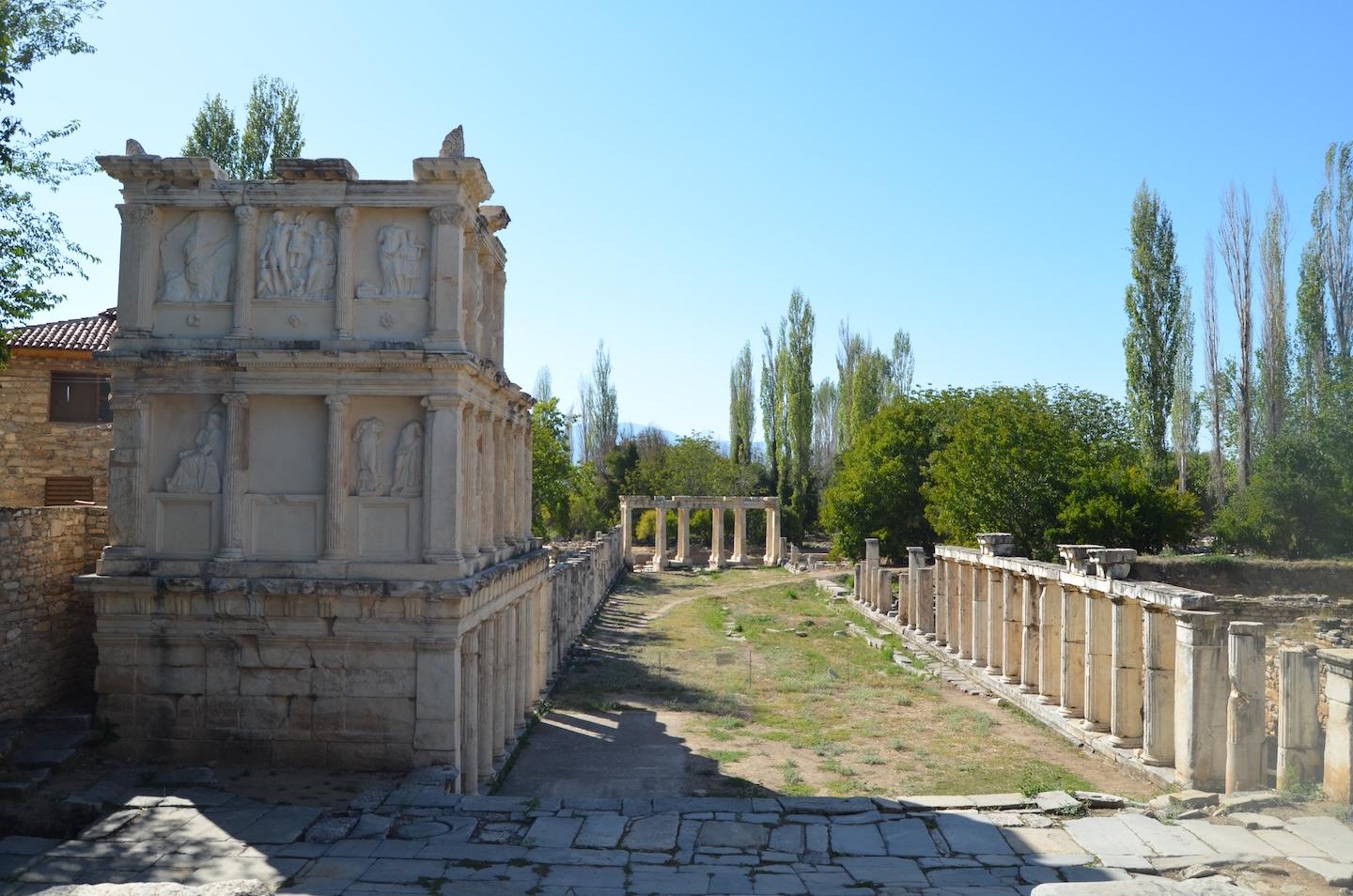
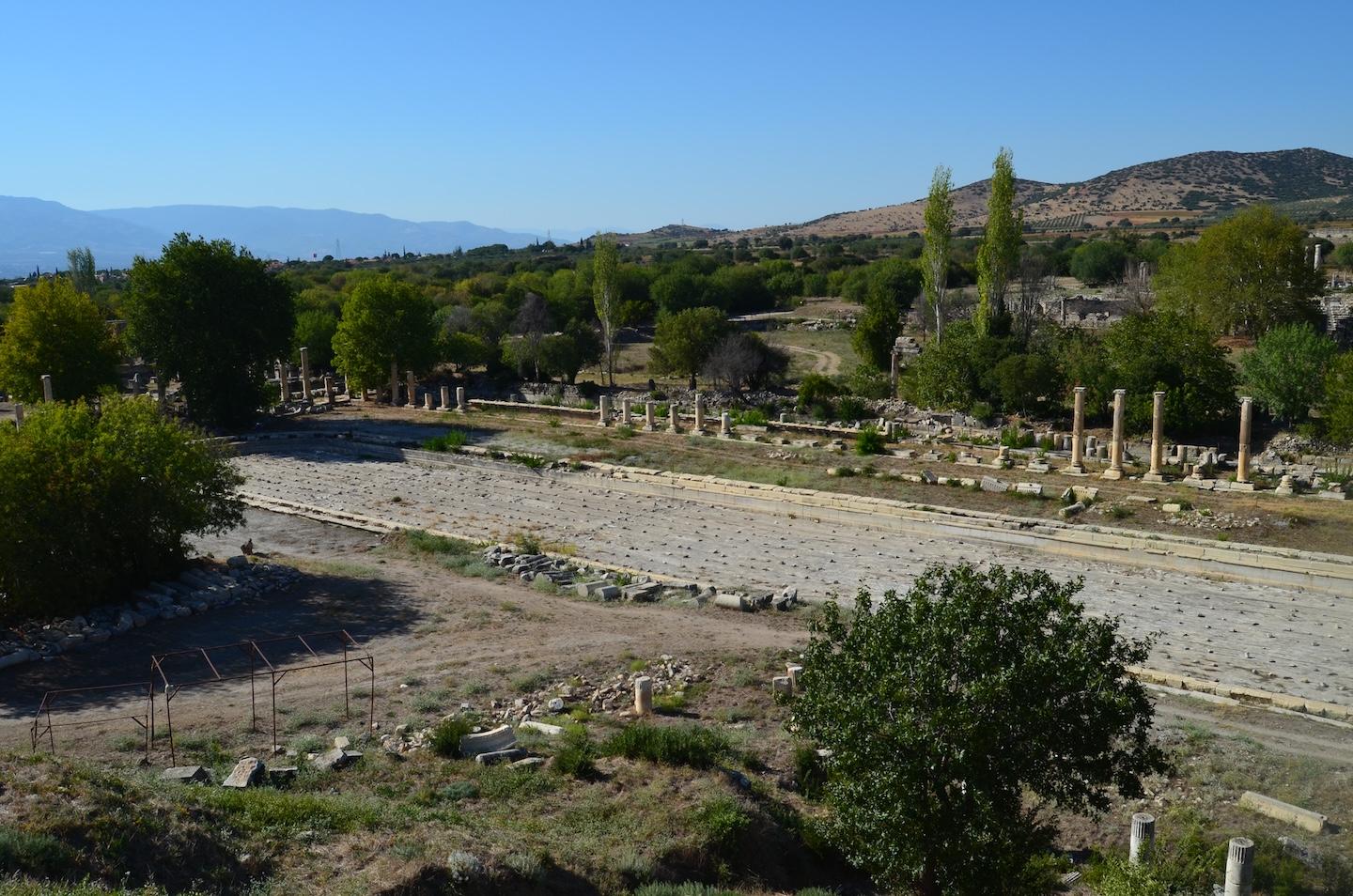
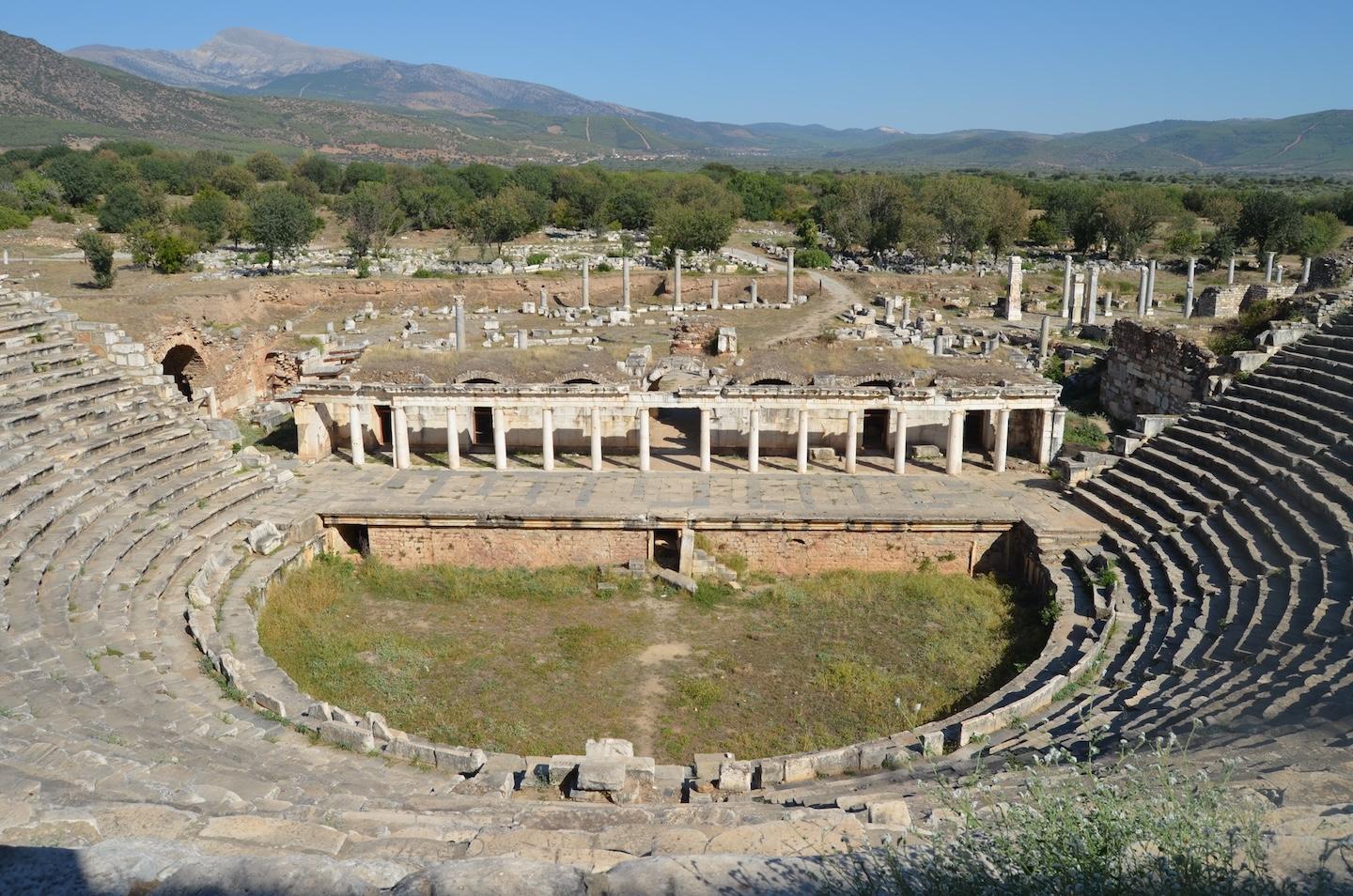
4.Explore Nearby Sites
You can also explore several nearby historical spots around Aphrodisias. These close-by attractions offer further insight into the rich history of the region and are easily accessible for visitors wanting to extend their journey:

